I have complained many times (OK, only those two times here on the blog, but countless other times to anyone within earshot) about people using JPEG for logos. It is bad, bad, bad.
But it just keeps happening.
Finally, I have stopped caring. Yes, go ahead and use JPEG for your logo. Send me the gnarliest, artifactiest, lowest-quality JPEG of your logo that you can find. And make sure it’s tiny. Like, 200 pixels wide or less.
Why?
Because I bill by the hour. I’m happy to fix your logo for you, and I will do it, whether you ask me to or not, whether you notice the difference or not, if this is what you send me as part of your project. (I can neither confirm nor deny that I might also write a blog post ranting about JPEG logos while I’m on the clock.)

Egads, I’ve never looked at that emoji closely. Are those dollar sign eyes with raised eyebrows, or closed eyes with dollar sign nostrils??? (Once you see it, you can’t unsee it.)



